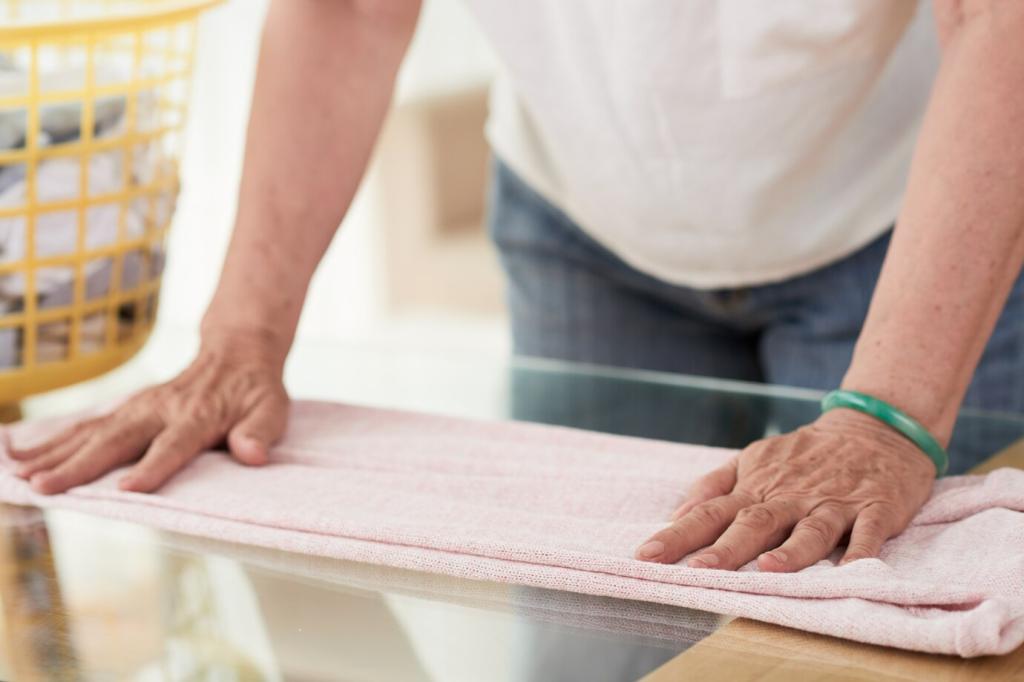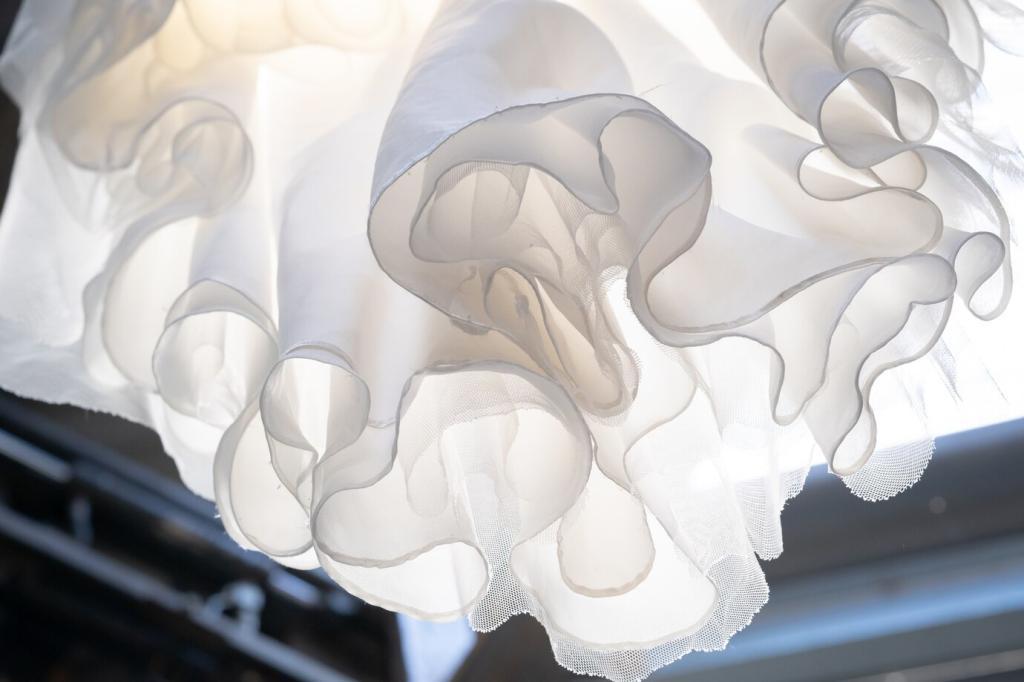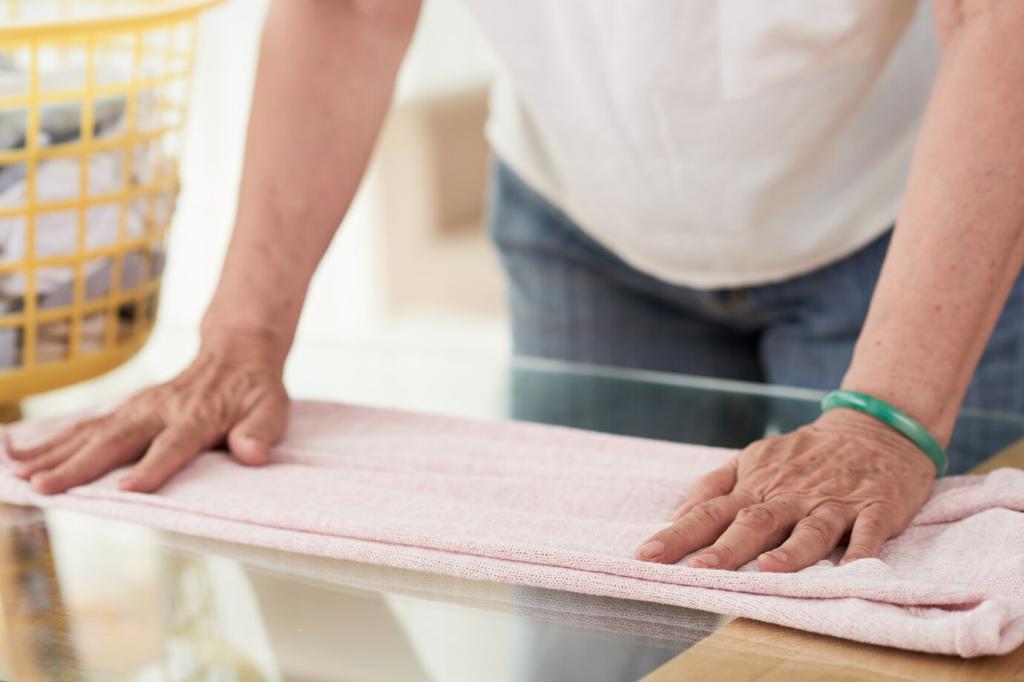Discover the Best Detergents for Silk Sheets
Today’s chosen theme: The Best Detergents for Silk Sheets. Protect the luminous drape, buttery glide, and graceful strength of silk with smart, gentle care. Explore ingredients, techniques, and real-life stories that reveal what truly works. Subscribe for practical checklists and share your results so our community keeps getting better together.




Gentle, Nonionic Surfactants
Detergents using nonionic surfactants—such as decyl glucoside, lauryl glucoside, or coco-glucoside—clean effectively in cool water without stripping proteins. They lift oils while rinsing cleanly, helping silk keep its luminous drape. Spot a nonionic on your bottle? Drop the name below so fellow readers can build a trusted shortlist for delicate bedding.
pH-Balanced, Enzyme-Free Formulas
Silk and enzymes are uneasy partners. Proteases target protein stains—and silk is protein. Seek labels stating enzyme-free, silk, wool, or delicate-safe, ideally pH-balanced. These formulas respect fibers yet tackle body oils. Subscribe to receive our periodically updated roundup of enzyme-free detergents that readers genuinely recommend for maintaining shine and softness.
Light Conditioners and Rinseability
A touch of silk amino acids or plant-based conditioners can enhance handfeel, but heavy softeners leave film that dulls shine. Prioritize detergents that advertise quick rinse or low residue, especially for deep-colored charmeuse. If you tested a brand that rinsed flawlessly, share your experience, water hardness, and wash temperature to help others replicate success.
Ingredients to Avoid for Silk

Bleach, Optical Brighteners, and Whiteners
Chlorine bleach can yellow silk and degrade fibers, while optical brighteners bond to fabric and subtly change how silk reflects light. Both reduce that signature, liquid shine. Stick with oxygen-based boosters only if a brand explicitly lists silk compatibility. Tell us if brighteners ever made your ivory sheets look oddly cool-toned or bluish.

Protease and Other Enzymes
Enzymes like protease, lipase, and amylase are heroes for cotton tees but villains for silk. Protease targets protein bonds, risking thinning or pinholes. If a label says bio-enzymatic or stain-fighting enzymes, keep it away from silk sheets. Have an enzyme mishap story? Share it so others can avoid the same expensive mistake.

High Alkalinity and Fabric Softeners
Builders such as sodium carbonate raise pH into fiber-roughening territory, and cationic softeners can cling to silk, dulling sheen and blocking breathability. Choose neutral liquids and skip separate softener. For extra glide, finish with a cool iron under a pressing cloth. What is your best softener-free trick? Comment and compare techniques.
Comparing Silk-Safe Detergents: Stories from the Linen Closet
01
Concentrated delicate liquids designed for silk performed consistently in cool cycles, especially on body-oil gloss. Nonionic blends left fabric buoyant and smooth, with minimal creasing after line-drying. If a brand claims no-rinse for delicates, most readers still did one short rinse for bedding. Do you skip the extra rinse or prefer absolute clarity?
02
Unscented versions kept peace for sensitive sleepers and reduced residue. Light botanical scents felt luxurious but required thorough rinsing to avoid cling. The consensus: for pillowcases touching skin, go unscented; for top sheets, a very light fragrance can be delightful. Vote below—team unscented, or team whisper-light aroma for a gentle bedtime mood?
03
The best detergents for silk sheets are often highly concentrated, meaning a teaspoon or a measured capful per set is enough. Over-pouring leaves film and stiffness. Readers who measured precisely reported better drape and fewer steam touch-ups. Subscribe to receive our printable dosing card tailored to drum size, load weight, and water hardness.


How to Wash Silk Sheets with the Right Detergent
Fill a basin with cool water, dissolve a measured dose of silk-safe detergent, then submerge sheets and agitate slowly for three minutes. Soak briefly, never twist. Rinse until water runs clear. Press in a towel to remove excess. Comment with your preferred soak time and whether you add a final splash of distilled water.
How to Wash Silk Sheets with the Right Detergent
Use a mesh laundry bag, delicate or wool cycle, cool water, and a carefully measured dose of silk-appropriate detergent. Avoid overloading; silk needs space to glide freely. Select low spin to prevent creasing. If your machine allows, add an extra rinse. Subscribe for our printable cycle settings and fabric-by-fabric care cheatsheet.


Stain Scenarios: Choosing the Best Detergent Response
Pretreat with a pea-sized drop of your silk-safe detergent, gently massaging along the grain before a cool wash. Nonionic surfactants excel at lifting emulsified oils from satin weaves. Skip enzyme spot pens altogether. What products touch your pillow? Tell us so we can test typical oil blends and update the community recommendations.
Stain Scenarios: Choosing the Best Detergent Response
Colored cosmetics and zinc oxide cling stubbornly to silk. Dab detergent onto the patch, let it sit five minutes, then rinse cool and launder. Avoid scrubbing, which raises fuzz and weakens fibers. For deep shades, test on an interior hem first. Comment with the makeup type that challenges you most, and we will crowdsource solutions.
Sustainability and Sensitivity in Silk Detergents
Look for biodegradable formulas and non-persistent surfactants that break down readily in wastewater treatment. Silk requires cool water anyway, so your routine naturally saves energy. If you have found an eco-certified delicate wash that still rinses immaculately, drop the certification name so others can evaluate and switch thoughtfully.
Sustainability and Sensitivity in Silk Detergents
Highly concentrated detergents reduce shipping weight and plastic, and many silk-safe options now offer bulk refills or aluminum bottles. Measured pumps help prevent overuse, protecting fibers and budgets alike. Tell us which refill program worked smoothly for you, and we will compile a reader map of accessible stores and online options.

